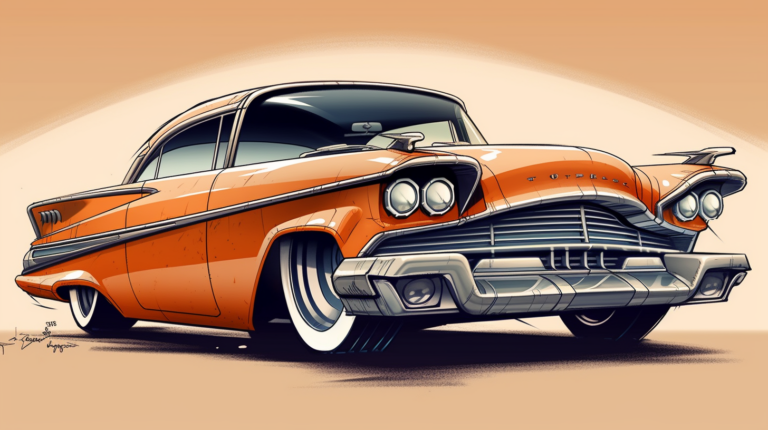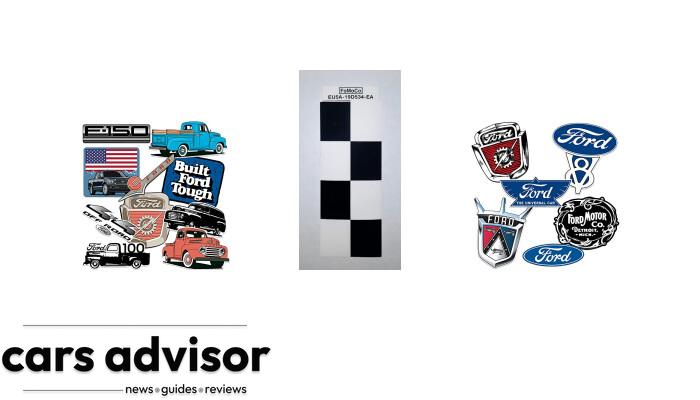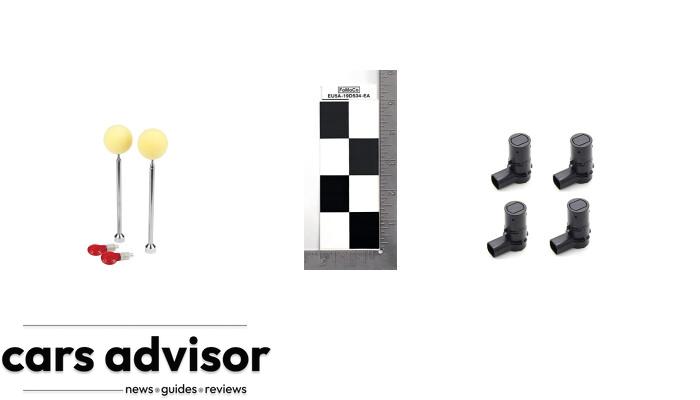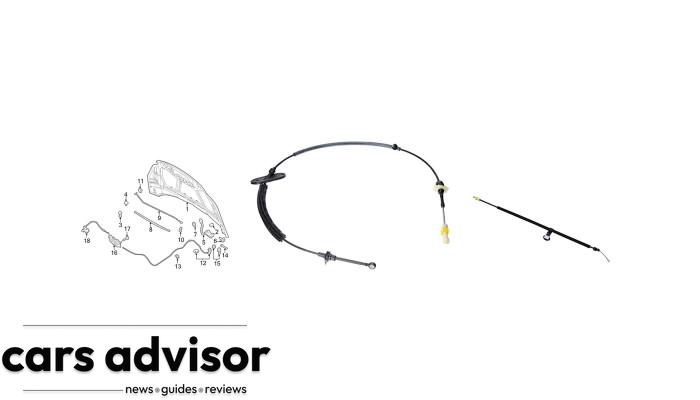When it comes to buying a used car, mileage is a crucial factor to consider. But what mileage is good for a used car? As a seasoned car expert, I can provide some general guidelines to help you make an informed decision.
The standard guideline for mileage for used vehicles is around 12,000 miles per year. So, if you’re considering a five-year-old car, it should have around 60,000 miles on it. Keep in mind that cars with lower mileage will generally be more expensive than those with higher mileage. However, don’t dismiss high-mileage cars if they have been well-maintained and are in good condition.
It’s essential to have a trusted mechanic inspect any used car you’re considering, regardless of its mileage. Factors like driving conditions, maintenance history, and how the car was driven can all affect the lifespan and performance of a vehicle.
In summary, while there’s no one-size-fits-all answer to what mileage is good for a used car, the general guideline of around 12,000 miles per year is a good rule of thumb to follow. Ultimately, the most important thing is to do your research and have any potential used car thoroughly inspected before making a purchase. Don’t let mileage be the only factor in your decision-making process.
Understanding the Guidelines for Mileage in Used Cars
When it comes to buying a used car, one of the most important factors to consider is the mileage of the vehicle. Mileage refers to the number of miles the car has traveled throughout its lifetime. While a high mileage car may seem like a deal-breaker for some, there are guidelines in place that can help you determine whether a used car is worth your investment. Experts agree that the standard guideline for mileage in used cars is around 12,000 miles per year. This means that if you’re considering a five-year-old car, it will have a mileage of around 60,000 miles on it. Of course, this is just a rough estimate, and other factors such as the condition of the car and the type of driving it has endured can also play a role in determining whether the mileage is considered high or low.Pros and Cons of Buying a High Mileage Vehicle
When it comes to buying a used car, one of the biggest pros of purchasing a vehicle with high mileage is the potential for a lower price tag. High mileage cars are generally priced lower than those with lower mileage, making them an attractive option for budget-conscious buyers. Additionally, a car with high mileage may have already undergone necessary repairs, including maintenance of the engine and suspension. However, there are also downsides to consider when it comes to high mileage vehicles. Cars with high mileage are at a greater risk of breakdowns, and they may require more frequent repairs and replacements. Additionally, a high mileage car may also have a shorter lifespan compared to a car with lower mileage, which can result in a decrease in its resale value.How to Determine the Mileage of a Used Car
Determining the mileage of a used car is a crucial step in assessing the value and lifespan of the vehicle. To determine the mileage of a used car, you can check the odometer. The odometer is a gauge located on the dashboard that displays the total number of miles the car has traveled. Additionally, you can obtain a vehicle history report that displays the car’s mileage and other relevant information about its previous ownership and maintenance. Tip: When purchasing a used car, it’s important to be aware of potential odometer tampering. Always check for signs of tampering, such as a mismatch between the number of miles displayed on the odometer and the car’s overall condition.Checking for Problems in High Mileage Cars Before Buying
When buying a high mileage car, there are a few key things to look out for to ensure you’re making a wise investment. First, inspect the exterior and interior of the vehicle for any signs of damage or wear and tear. Second, take the car for a test drive to assess its performance on the road. Finally, have a trusted mechanic perform a thorough inspection of the car to identify any potential issues that may require repairs. Tip: When test driving a high mileage car, pay attention to any unusual noises, braking issues, or difficulty shifting gears.The Importance of Regular Maintenance in Maintaining a Vehicle’s Mileage
Regular maintenance is crucial in maintaining a vehicle’s mileage and overall lifespan. By keeping up with routine maintenance tasks such as oil changes, tire rotations, and replacing worn parts, you can help extend the life of your car and avoid costly repairs later on. Tip: Keep a record of all maintenance tasks performed on your car and follow the recommended maintenance schedule outlined in your owner’s manual to ensure your car stays in top condition.Does the Mileage of a Used Car Affect its High Price?
The mileage of a used car directly impacts its price. A lower mileage suggests lesser wear and tear, making the car more valuable. However, a used car price surge can occur if there is high demand, regardless of mileage. Consider both mileage and market conditions when evaluating the cost of a used car.













